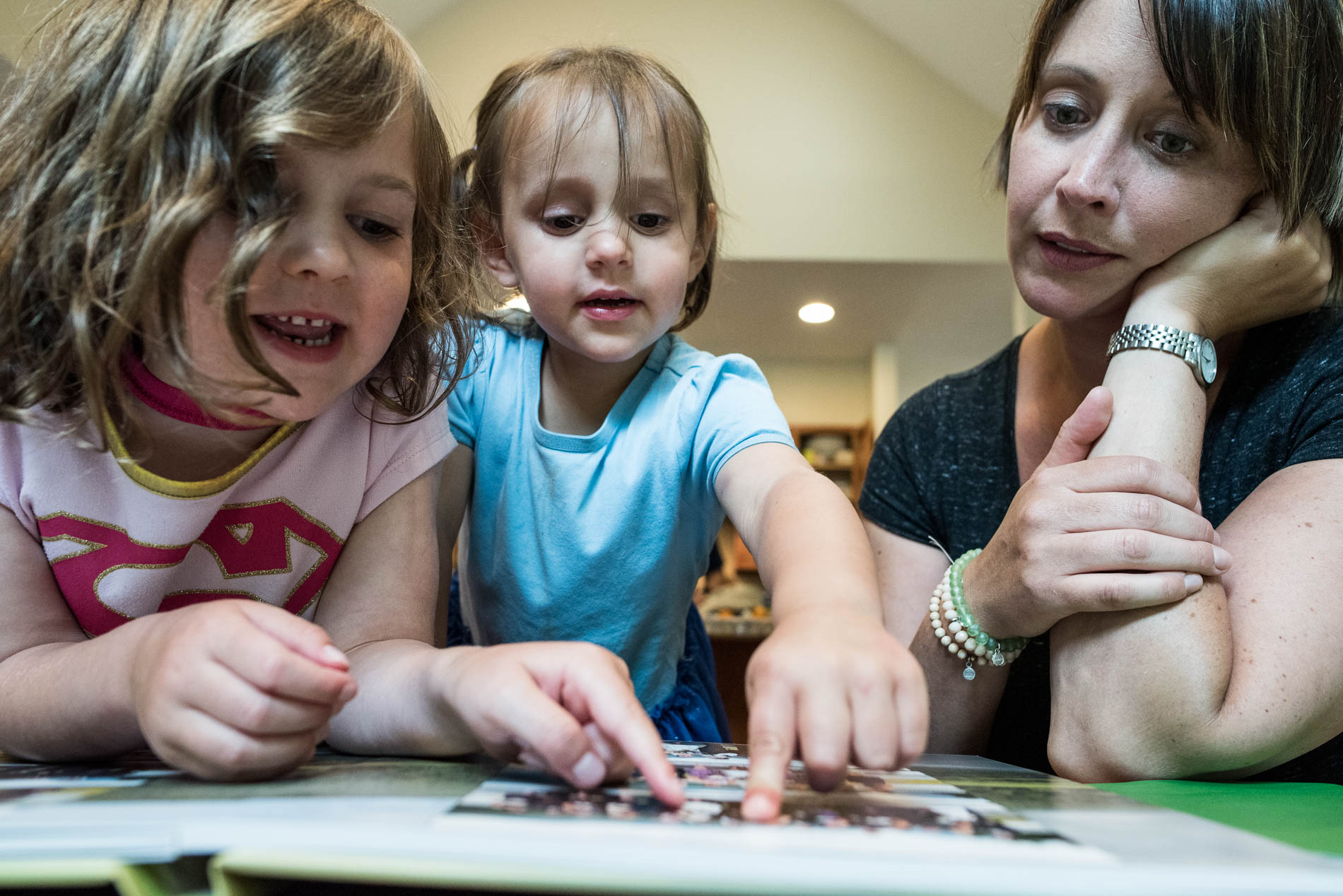
It happened quickly. Families all over the country were all of a sudden at home, schooling their children. COVID-19 really shook us and is still out there forcing us to reconsider how we live many aspects of our lives, including how to move forward with our children’s education.
One option for families is homeschooling.
Not the crisis-schooling version of homeschooling, which, thankfully, has run its course. And not the distance/remote learning version, where the child’s school district provides the content and learning remotely. Instead, I’m talking about the authentic version of homeschooling, where the parents take on the full scope of their child’s education, including curriculum, learning objectives, and socialization.
For our family, homeschooling has been in the back of our minds for years now. With the potential for a disrupted school year and an experiment in public education with social distancing, we decided this was the perfect time to give homeschooling a try. Maybe you, too, are seeing this window of opportunity! Go for it. There’s no better time than now. It is not as complicated or as overwhelming as it appears.
Here are four simple steps to get the homeschooling process started.
Learn
- Visit the AHEM (Advocates for Home Education in Massachusetts) website: Read the laws. Laws regarding homeschooling are different state to state, so make sure you understand them for Massachusetts. Read the information. This resource provides templates, an FAQ section, methods for reporting, and a host of other helpful information.
- Visit the MHLA (Massachusetts Home Learning Association) website: This is another wonderful resource that provides a great deal of information for a basic understanding of the process.
- Search for other helpful websites: Many sites, like this one, help to spell out and simplify the thinking process.
Connect
- Join some Facebook groups. The homeschooling community is a vibrant, committed, and welcoming group of people from all over. Several groups have exposed me to an incredible amount of information regarding the laws, strategies, and curriculum options. I have also connected with other current and new homeschooling families in my town. Your town or area may have its own group. Here are a few I have joined and have found to be very resourceful (and there are plenty more!).
- Connect with the homeschooling families you already know. Ask them about their approach, and find out their how and why. Just listen. The beauty of homeschooling is that each family can forge their own path. So, while their way may not be yours, learning how others go about it will help you to uncover your own unique style.
Plan
- Explore approaches: While homeschooling can look any way you want it to, there are some common approaches. These are good for those first-time families looking for some structure. If you find one that fits your family style, use it to help you move forward in determining how your curriculum, day, and goals will look.
- Deschooling: This is a very highly recommended first approach for families who plan to homeschool long term. Many families use this at the start of their journey to transition children from formalized schooling to homeschooling.
- Relaxed eclectic: A little bit of this and a little bit of that. This approach kinda picks and chooses what will best suit the child, the day, and the family throughout the year.
- School-at-home: This is a good approach if you’re attempting homeschooling for one school year as we traverse the pandemic.
- Other popular styles include unschooling (different from deschooling), classical, traditional, unit-studies, Charlotte Mason, Waldorf, and Montessori.
- Explore curriculum. There are plenty of curriculum and material options for the beginning homeschooler. All-in-one, online, and eclectic curriculums are readily available. Many families start out by using free or low-cost resources, such as TeachersPayTeachers. Some families select materials that align with the Massachusetts Current Frameworks or a universal learning standards outline.
Submit and go!
- Submit your education plan: This seems intimidating, but it is relatively simple. First, check your district’s expectations. Then prepare an educational plan that outlines your plan for homeschooling. Depending on your school district, you may be asked to include qualifications of the parent, a review of texts and materials to be used, and information of academic progress. When preparing our education plan, I found the Facebook groups very helpful for how to word things and to gain an understanding of expectations for particular school districts.
- Get ready and get planning: This is the fun part! Envision and journal about what you hope and expect for the coming year. Start preparing your materials. Order and print your curriculum. Develop an organization system. Pick a place to hold your schooling sessions. Think about field trips. Talk to your kids and imagine possibilities.
Our family is already planning on learning to cook, building a garden fence accent, learning about horses, doing science experiments with grandma, studying the solar system and human body, making a comic book, harvesting fall vegetables, and reading lots of cool books that we pick out regularly from our local library.
Once the initial research, decisions, and formalities are behind you, it is now your family’s education party for the year! At the end of the school year, most districts will expect you to submit a progress report and your education plan for the next school year if you decide to continue. While I haven’t covered it all (and I still have more to learn!), these are the basic nuts and bolts of it. Good luck!













